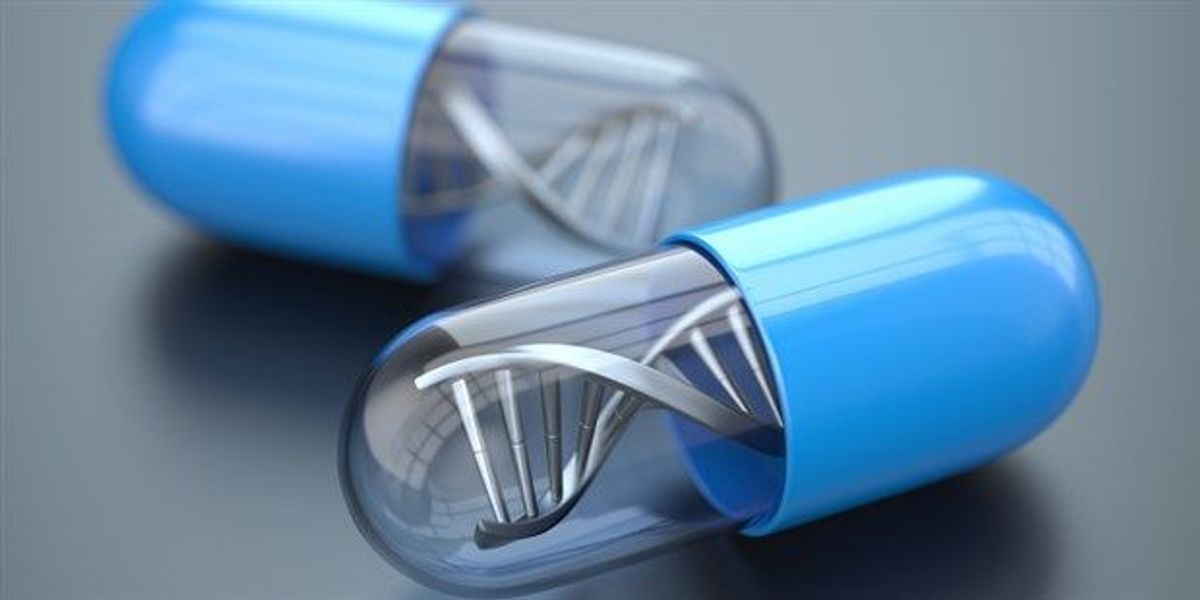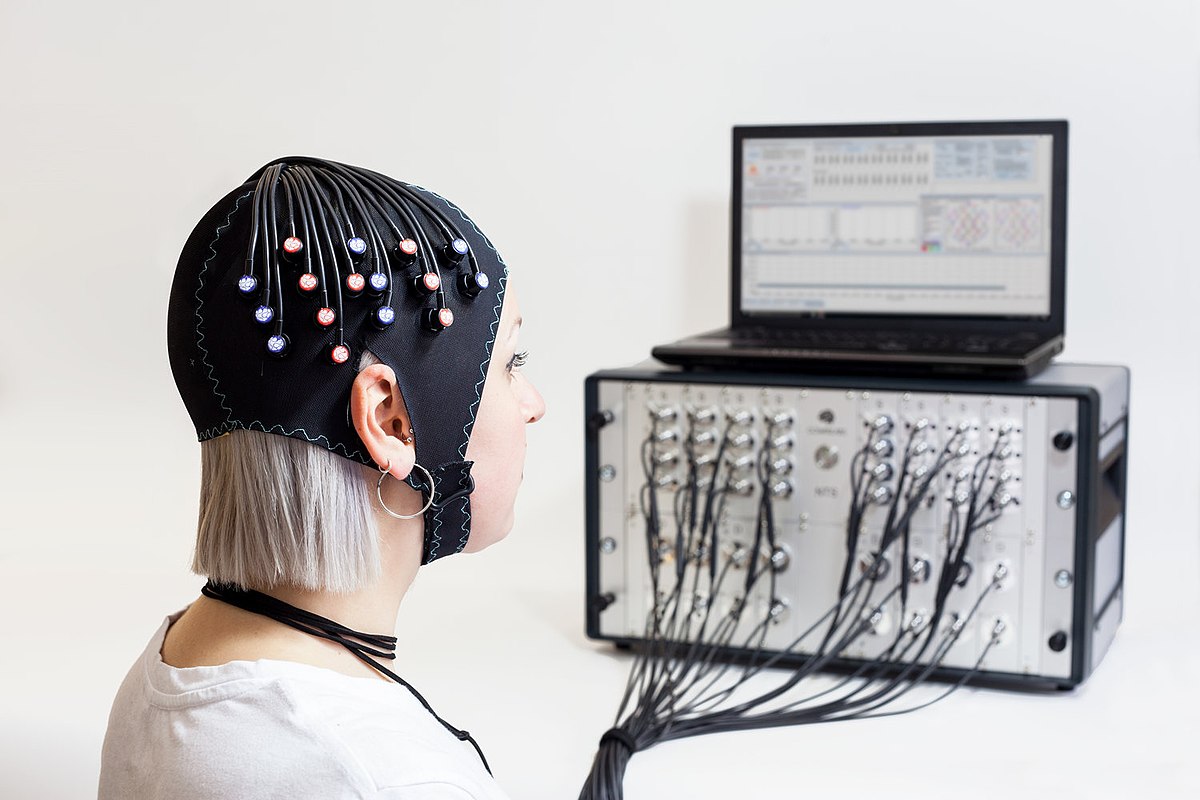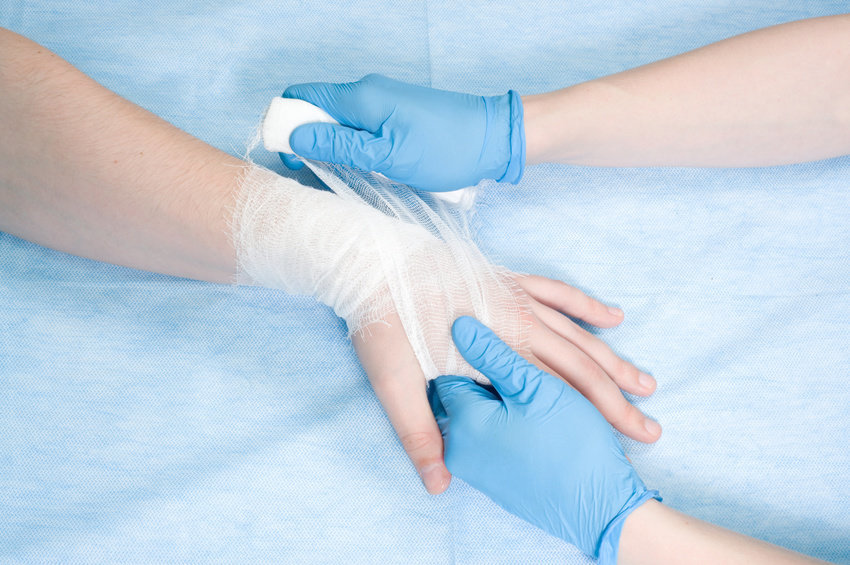Introduction to Cell Therapy Manufacturing
Cell therapy involves harvesting cells from a patient or donor, processing and expanding the cells, and reintroducing them into a patient. This innovative approach offers promising treatments for conditions like cancer, cardiovascular disease, neurological disorders, and more. However, manufacturing cell therapies presents unique technical challenges that researchers are working to overcome.
Regulatory Requirements for Cell Therapy Manufacturing
Strict guidelines must be followed to ensure Cell Therapy Manufacturing are produced safely and consistently. Regulatory agencies like the FDA in the US and EMA in Europe establish regulations for facilities, quality systems, and clinical trial protocols. Manufacturers must demonstrate rigorous quality control, sterility assurance, and characterization of cell identities and functions. Facilities undergo thorough audits and inspections. Any changes to cell processing require re-evaluation to maintain regulatory compliance. These regulatory standards help maximize benefits and minimize risks to patients.
Challenges with Harvest, Isolation and Expansion of Cells
Obtaining starting cells from donors or patients in high enough numbers and viability can be difficult. Sufficient material must be harvested without damaging cells. Isolation techniques then separate target cells like stem cells, T-cells or dendritic cells from mixed cell populations. Once isolated, cells must expand rapidly through multiple population doublings without losing function or introducing contamination. Current manual and semi-automated methods struggle with scalability, standardization and maintaining cell health during expansion. Advanced technologies like closed bioreactor systems aim to overcome these challenges.
Process Development and Standardization
Customizing cell therapy manufacturing protocols involves optimizing multiple variables like culture media formulations, surface coatings, growth factors, bioreactor systems and process parameters. Small changes can significantly impact cell function, phenotype and viability. Development requires extensive testing and validation. Once refined, processes must be standardized across facilities and operators. Scale-up from bench to commercial levels while preserving standardized quality and performance introduces further complexities. Researchers are developing platform processes and automation to enhance reproducibility and scalability.
Characterization of Cell Identity, Purity and Function
Ensuring correct cell identity, high purity levels and predictive functionality is essential. Cells undergo multi-parameter analysis using techniques like flow cytometry, PCR and gene expression profiling. Tests characterize surface marker expression, genetic identity verification, sterility and assessment of proliferative ability, differentiation capacity and intended therapeutic functions. Comprehensive characterization requires coordinated analytical methods and databases to define acceptable product specifications. Emerging capabilities in “omics” technologies may help characterize cell states more deeply.
Challenges in Supply Chain Management
Managing cell therapy supply chains demands coordinated planning for raw material procurement, inventory tracking, manufacturing scheduling, shipping and logistics. Many cell therapies have short shelf lives requiring just-in-time manufacturing. Factors like lead times, production capacity, quality control release testing, shipping durations and on-site availability must align perfectly. Any disruption to inputs or unforeseen manufacturing delays can jeopardize patient treatments. Buildout of integrated supply chain networks and digital planning tools can help streamline operations and ensure product availability.
Advent of Automated, Closed Manufacturing Systems
Transitioning from complex manual operations to automated, closed manufacturing platforms could help address many cell therapy production challenges. Emerging bioreactor-based systems incorporate automated fluid handling, environmental control, monitoring and cell separation capabilities within closed bags or modules. Closed processing protects sterility while enabling standardized, scalable production under optimized conditions. However, high capital equipment costs and integration complexities remain barriers for wide adoption.
Promise of Advanced Cell Engineering Technologies
Novel technologies may transform cell manufacturing in the future. Genome engineering allows targeted modification of cell genomes to introduce disease-resistant genes, enhance functions or integration of suicide genes for safety. Biomarkers and “biosensors” help monitor cell states in real-time. Artificial intelligence and machine learning could optimize complex manufacturing processes. Three-dimensional bioprinting may construct functional tissues from multiple cell types. While challenges remain, continued advances support the promise of widespread availability of cell therapies to patients in need.
Cell therapy manufacturing presents immense technical and operational challenges that require continued innovation. Standardization of high-quality, scalable production processes is critical to realizing the full potential of these emerging treatments. Advancements in closed systems, automataion, supply chain management and other areas aim to address key obstacles. With ongoing progress, cell therapies may transform patient outcomes for many serious conditions in the years ahead.
*Note:
1. Source: Coherent Market Insights, Public sources, Desk research
2. We have leveraged AI tools to mine information and compile it



